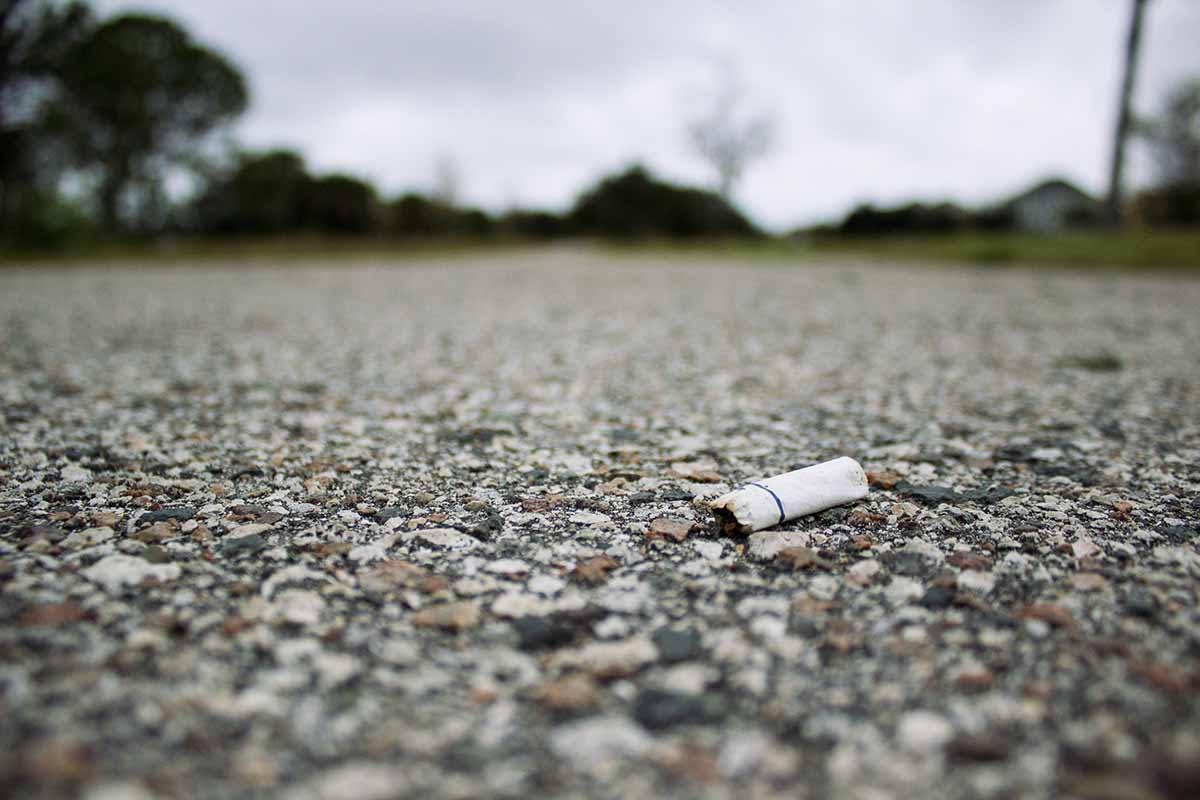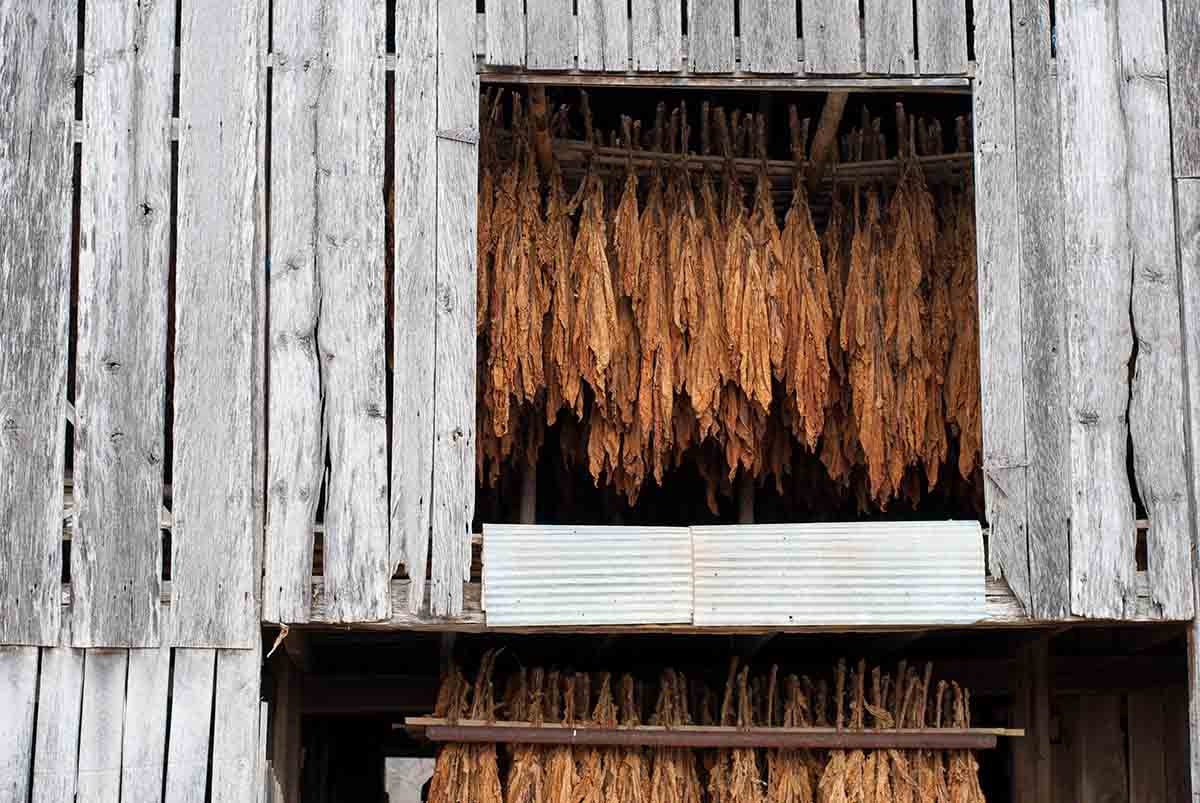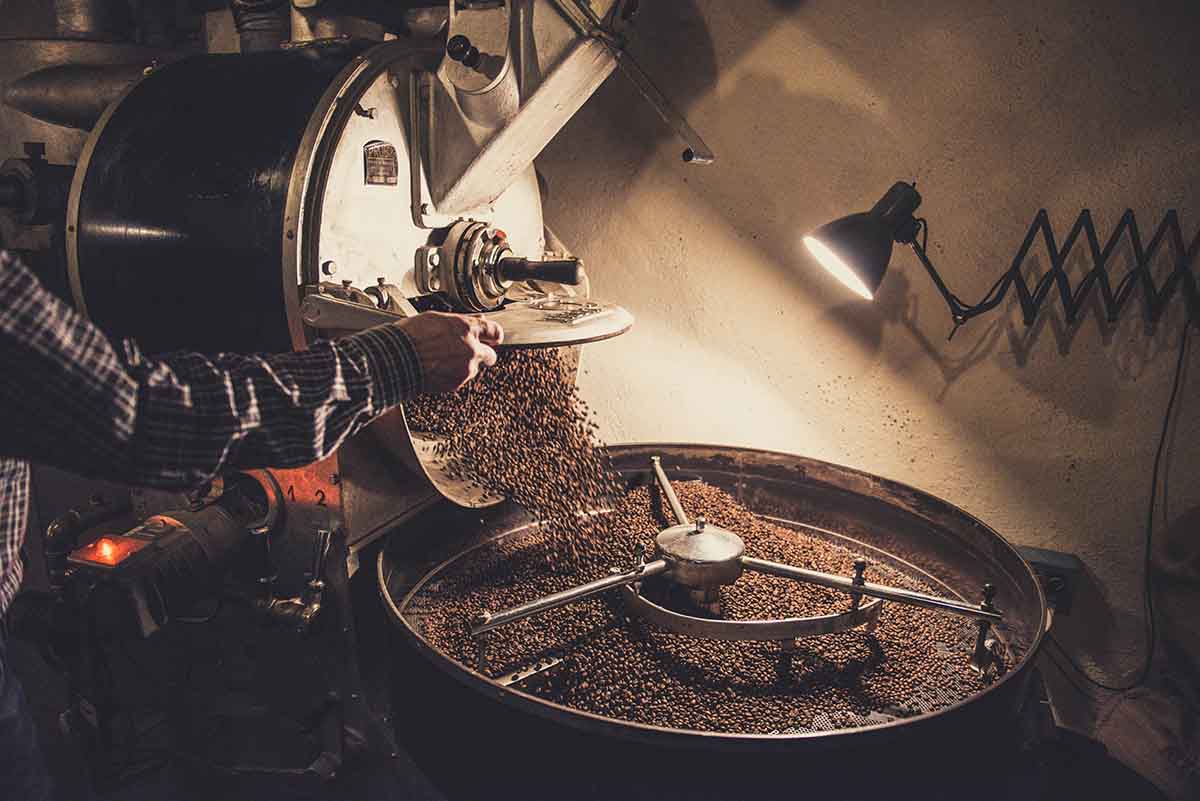
Pavement with cigarette butts and concrete with coffee grounds: the new age of recycled materials
11 of October of 2023
In the mid-18th century, ships arriving from America loaded with tobacco leaves began to head to new destinations: factories that changed how cities were designed and the pace of their neighborhoods. Most of the large tobacco factories were built in cities with river ports – such as Seville, which was home to the first of these in Europe – and maritime ports – such as Malaga, Santander, A Coruña, Alicante, and Tarragona.
Today, these factories house museums, university headquarters, and the offices for public organizations. Tobacco factories are now located in other more disadvantaged parts of the world, and the impact that this has on our health and that of our planet has given that market – and its image in particular – a very different role in our society.
However, tobacco could once again be an important player in our infrastructure, albeit in a very different way: a French company has created paving stones from recycled cigarette butts with the goal of reducing their environmental impact. Around the world in Australia, a group of scientists has concluded that coffee residues can significantly increase the strength of concrete.
Initiatives like these shape the circular economy and show us that the products that have also shaped the history of the past centuries can have a second life in our floors and buildings.
Recycled pavement
Nicotine, mercury, lead, cadmium, hydrogen cyanide, and arsenic. These are just some of the toxic substances that are left over in cigarette filters after a few puffs. These substances can contaminate water and land; however, they often end up on the ground and not in trash bins.

A cigarette butt on the ground. Andrew Pons (Unsplash)
To reduce the environmental impact of this waste, the French recycling company Recycleo Buro has created PavècO, a paving stone made of clay and recycled butts. The life cycle of these paving stones begins when that of the cigarette ends: the recycling company collects the butts that end up on the ground and in the bins in the city of Bordeaux. Once this is done, the waste is treated and mixed with clay to form a ceramic dough that is baked at high temperatures.
Why clay? As Recycleo Buro explains, this material has an absorbent capacity and can encapsulate cigarette butts to neutralize their impact on the environment.
The result is a resistant product (which is rather necessary since the goal is to pave pedestrian roads as well as some for vehicles) that is also non-polluting. To ensure the latter, PavècO carried out a study in collaboration with the risk management group APAVE and the consulting firm Deloitte. The objective was to verify that the process of creating the paving stones did not emit polluting gases, and that their use outside did not lead to chemical elements leaking into the water (for example, after it rained).
Each kilogram of ceramic pavement can contain up to 150 reused cigarette butts. This figure indicates a small step towards the circular economy and a reduction in the impact that tobacco has on the environment.
Tobacco figures
Every year, some six billion cigarettes are manufactured, and their environmental impact begins long before the butts end up tossed on the ground. According to the STOP association’s report ‘The Tobacco Industry and the Environment’, the tobacco industry has cut down 1.5 billion hectares of forests since the ’70s. Every year, 600 million trees are cut down, and 220 billion tons of water (the equivalent of about nine million Olympic swimming pools) are used to produce cigarettes.

Tobacco leaves drying. Ben Ashby (Unsplash)
This activity also has a significant carbon footprint: tobacco companies emit about 80 million tons of carbon dioxide annually. However, the most visible impact for most comes at the end of the cigarette’s useful life. That is, when they become trash. It is estimated that their filters, which take up to 15 years to break down, are the most common single-use plastic objects worldwide.
On top of all these numbers, there are the figures related to human health; they have led to the creation of policies and measures to reduce tobacco production and consumption all over the world. While progress is being made in reducing the use of these pollutants, the numbers also justify attempts to give the waste a second life in the form of new materials.
Coffee that strengthens concrete
Another initiative that can make infrastructure created with recycled material a reality has emerged from RMIT University in Melbourne (Australia). There, a team of engineers has developed a technique to convert used coffee grounds into biochar. This material can be used to replace some of the sand needed in the process of creating concrete and increase the concrete’s strength by up to 30%.
The results of this research led to the article ‘Transforming spent coffee grounds into a valuable resource for the enhancement of concrete strength,’ published in the academic publication Journal of Cleaner Production. The initiative has gotten the attention of the construction sector, as well as that of organizations dedicated to recycling and disposing of organic waste.

A worker pours coffee beans into a machine. Yanapi Senaud (Unsplash)
Every year, the inhabitants of Australia alone generate 75 million kilograms of ground coffee waste; worldwide, this figure reaches 10 billion. Most of that, according to RMIT University, ends up in landfills. As is the case with tobacco and so many other waste products, disposal has a strong environmental impact since it emits certain amounts of greenhouse gases, including methane and carbon dioxide — the main contributors to climate change.
“The inspiration for our work was to find an innovative way of using the large amounts of coffee waste in construction projects rather than going to landfills – to give coffee a ‘double shot’ at life,” says Roychand, one of the postdoctoral researchers at RMIT.
According to the team, several entities that work with organic waste disposal have already shown interest in this work. Their initiative, they add, shows how the construction industry can play a crucial role in turning waste into valuable materials.





There are no comments yet